Apr. 28, 2022
It is reported that up to 32,000 tons of microplastic fibers enter the UK's waterways every year. Among them, car tires and synthetic clothing are the two main causes of microplastic pollution.
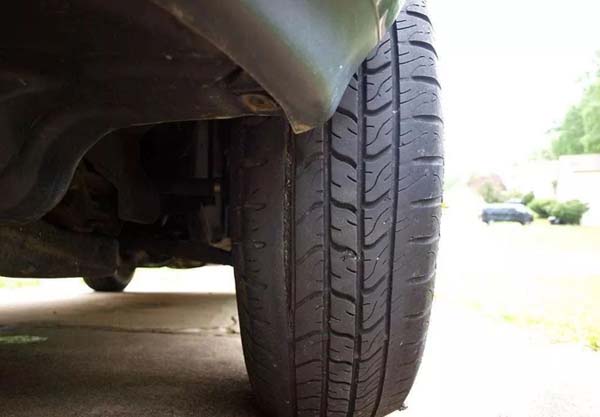
There are four main sources of microplastic fibers entering UK regional waterways each year: car tires, synthetic clothing, plastic pellets used to make plastic products, and paint on buildings and road signs.
The UK produces up to 68,000 tons of microplastic fibers each year due to tire tread wear, of which 7,000-19,000 tons enter surface water. And synthetic clothing containing plastic components accounts for about two-thirds of the clothing sold in the UK, which generates 2,300-5,900 tons of microplastic fibers that enter waterways.
With such a large figure for microplastic pollution in the UK, it's not hard to imagine that the situation in China must be even more dire.
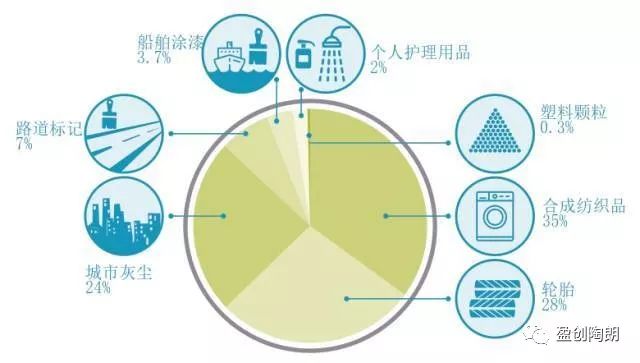
Proportion of primary microplastics released into the world's oceans
For every 100 kilometers a vehicle travels, butadiene rubber tires release more than 20 g of plastic fly ash from wear and tear. This fly-dust enters the sewage system through precipitation and other forms and is discharged into environmental water bodies. In recent years, we have focused more on CO2 emissions from car exhausts for transportation, but while exhaust emissions can be solved, tire wear cannot be stopped. While traffic is getting more congested, we are producing more and more microplastic fibers.
Our oceans have accumulated 1,400 trillion microplastic fibers. On average, each person will share more than 200 million microplastic fibers. One brand once did an experiment and found that an average jacket released an average of 250,000 microfibers per wash, with older jackets releasing twice as many as new ones.
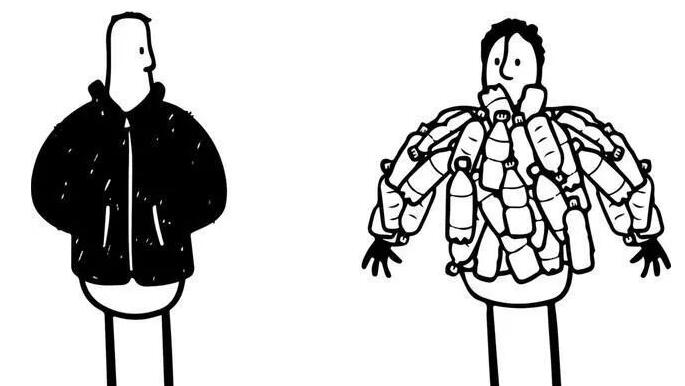
Compared to natural materials such as cotton, linen and wool, synthetic clothing containing plastic is cheaper and more versatile. This, combined with the rise of fast-moving brands, has made us increasingly addicted to the cheap, fast fashion that comes with synthetic clothing.
Each year, H&M alone generates $4.3 billion in unsold clothing, which is extremely polluting from the point of production, with each wash causing plastic fibers to flow into surface water, and their eventual burning ending in more serious pollution of the air and water.
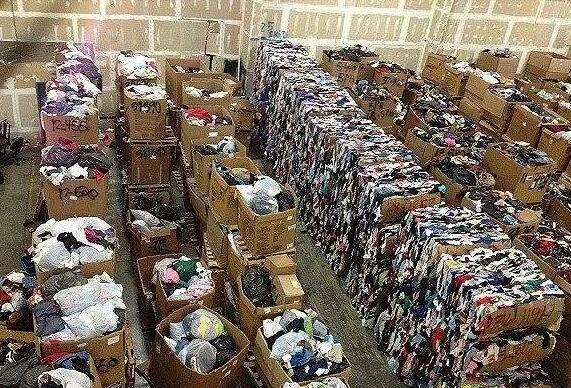
The proliferation of cheap and delightful garments and the large number of transactions have prompted consumers to keep buying. Famous designer Stella McCartney also condemned his industry is "extremely wasteful and very harmful to the environment."
While it is correct to focus on the environmental impact of plastic bags, straws and disposable coffee cups in recent years, we cannot ignore the threat of microplastic fibers.
Reducing the use of transportation and choosing more public transportation is perhaps the best solution to tire plastic pollution at this stage. And there is more that can be done to solve the pollution in the clothing industry.
● Clothes are not worn only once, we can give them more ways to match and reuse them, thus reducing the number of clothes purchased.
● Choose clothes that contain natural fiber materials.
● Reduce the frequency of washing synthetic fabrics and use a gentle washing pattern to reduce wear and tear on the garments.
● Retrieve garments as soon as possible after drying to reduce the release of microfibers in the air.
● Think carefully about what to do with clothes that are no longer needed, and recycle more often rather than sending them directly to landfills and incineration plants.
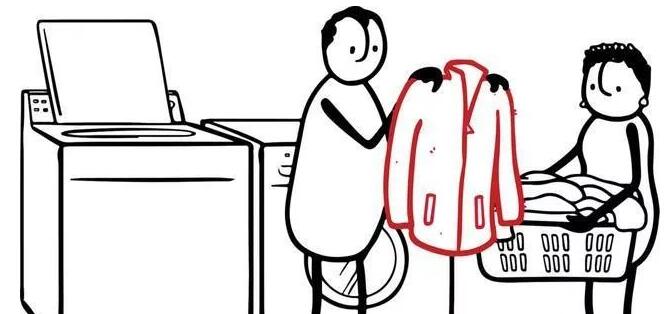
Recycled fibers made through recycling can reduce the amount of microplastic fibers shed and also reduce the problem of mismanagement of waste plastics into the ocean.
Changing individual behavior is not difficult, but it can reduce the flow of tens of thousands of microplastic fibers into nature.
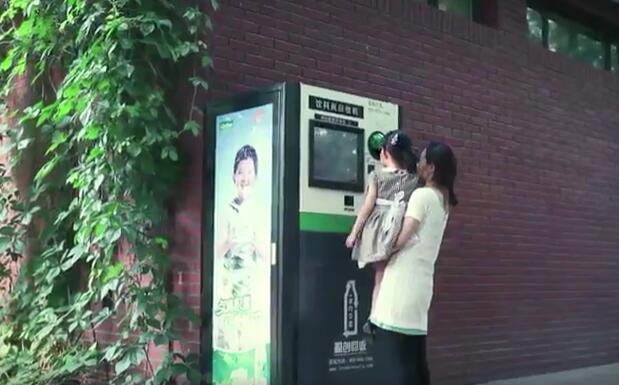
INCOM was founded in 2003. In 2012 INCOM successfully developed China's first intelligent recycling machine for the Internet of Things and built an intelligent management platform for recycling sources and flow control. Main product: reverse vending machine for recycling bottles, intelligent recycling machine, smart recycling machine. We appreciate your any inquiry about reverse vending machines.